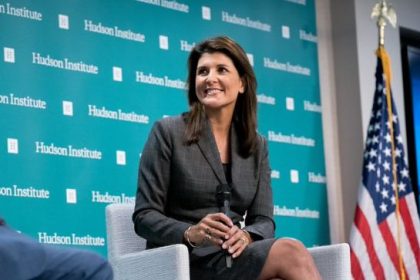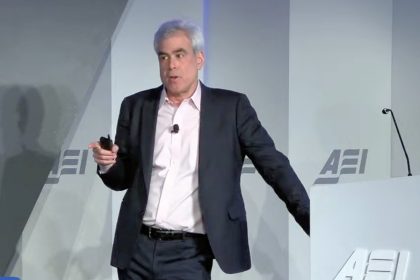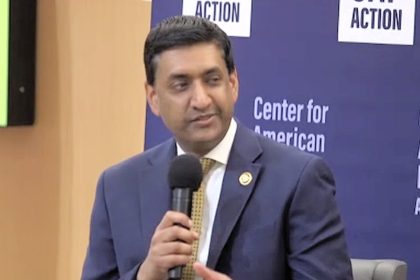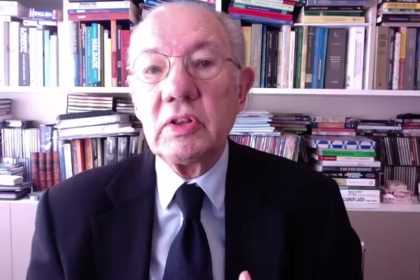Third Way Proposes New Classification System of Higher Ed Outcomes
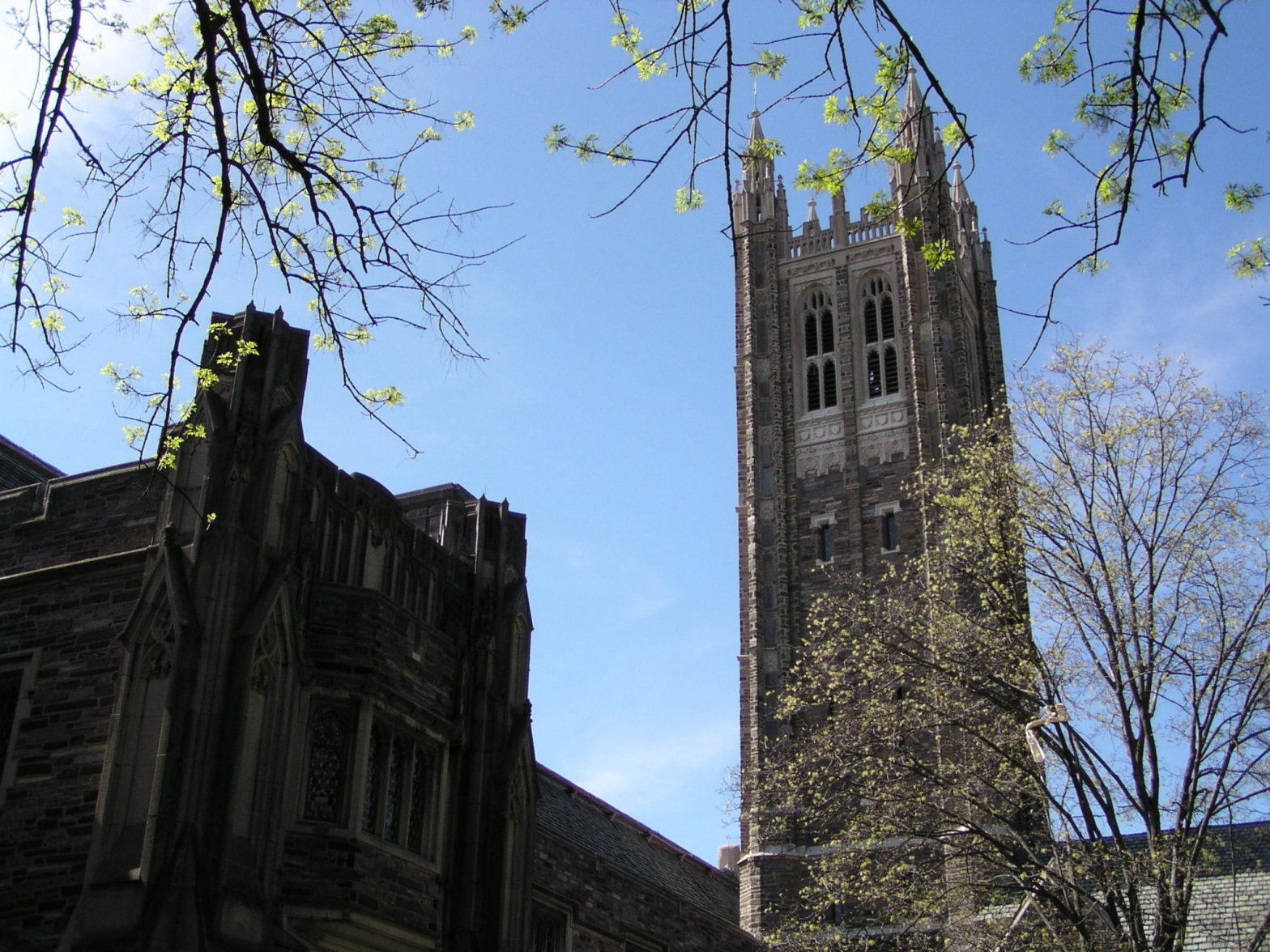
WASHINGTON – A new report from Third Way, released this week, calls on lawmakers and researchers to prioritize and protect college students’ return-on-investment as the higher education sector continues to feel the impact of COVID..
In “Paying More for Less? A New Classification System to Prioritize Outcomes in Higher Education”, researchers at the think tank created a new classification system based on socioeconomic lessons from the Great Recession in an effort to, “offer a national picture of who is typically helped and harmed following a major economic shock.”
Lessons from the Great Recession
Starting off with enrollment trends that followed the Great Recession, researchers note that the total enrollment for all types of high education institutions increased by nearly 3 million students from the fall of 2007 (18.3 million) to the fall of 2010 (21 million), a likely result from the tight labor market that followed the recession and caused students to return to school.
Researchers highlight that enrollment trends among Black students, Hispanic students and Pell Grant recipients varied over time after the recession.
Black students and Pell Grant recipients, in particular, were enrolled in high numbers at community and for-profit four-year colleges immediately after the Great Recession. However, enrollment levels for these subgroups eventually returned to pre-2008 levels by 2015.
“Although enrollment patterns offer important insights regarding the role of the higher education sector following the Great Recession, the most critical consideration is how students, particularly underserved subgroups of students, fared after they enrolled at a college or university,” emphasized the report.
According to the report, higher education completion of certificates and degrees varied among college students depending on their background and the type of institution they attended.
“For example, the six-year graduation rate for Black students who entered higher education in Fall 2012 was 42.9% at public four-year universities and 45.5% at private non-profit four-year universities, but only 14.2% at for-profit four-year institutions.
“And while Hispanic students were more likely to graduate than their Black peers across all institution types, the general pattern of lower six-year graduation rates at for-profit four-year institutions remained the same, with 55.2% completing at public four-year institutions, 57.1% completing at private nonprofit four-year institutions, and just 28.1% completing at for-profit four-year institutions.”
In addition to examining enrollment trends, the report discussed labor market outcomes such as employment rates and average earnings of employed students and how these outcomes impacted students’ success in the labor market after 2008.
From the authors’ analysis of IPEDS data from the National Center for Education Statistics and College Scorecard data from the Department of Education, students at for-profit four-year institutions were shown to have, “significantly lower (and consistently declining) employment rates after the Great Recession.”
Additionally, students at for-profit four-year institutions, particularly those who had low incomes, had “experienced sharp declines in earnings” in the time after the Great Recession, which the authors point out is, “the same period in which for-profit institutions proliferated.”
At the same time, when it came to student loan repayments, these same students at for-profit four-year institutions were also found to face the “steepest declines and had the lowest repayment rates” of their student loans.
To explain why these particular outcomes happened to students from for-profit four-year institutions, the authors conjecture that despite the rise of working adults returning to school in the 2000s who had higher incomes before reentering school to begin with, “the combination of deregulation of for-profit colleges and the proliferation of online education during the 2000s led to substantial increases in for-profit enrollment and the rapid decline of for-profit students’ labor market outcomes.”
A New Classification System for College Return-on-Investment
In an effort to better understand how institutions of all types can better serve students in the wake of the COVID-19 pandemic, the authors created a new classification system by outlining four types of four-year institutions:
- Low-price, high-quality institutions
- Low-price, low-quality institutions
- High-price, high-quality institutions
- High-price, low-quality institutions
Based on their findings from analyzing approximately 1,500 institutions, researchers found that most public four-year colleges are low price, high quality institutions (61.8%). At the same time, 27.9% of public four-year colleges were low-price, low quality.
On the high-quality spectrum, 7.9% of public four-year colleges were high price, high quality and only 2.5% were found to be high-price and low-quality institutions.
For private non-profit institutions, 71.8% were deemed as high-price and high-quality, 11.9% as high-price and low-quality, 11.8% as low-price and high-quality, and just 4.6% were low-price and low-quality.
The results for for-profit four-year colleges, on the other hand, showed a different story.
“In contrast, roughly four out of five for-profit four-year colleges (79.8%) are high-price, low-quality institutions.
“In this sector, 14.0% are high-price and high-quality, 4.4% are low-price and low-quality, and only 1.8% are low-price, high-quality institutions,” stated the report’s findings.
Based on this last finding, the authors note that for-profit four-year colleges, “not only charged higher-than-average net prices but also left a larger share of their students unable to repay their student loans.
“This point is especially problematic given what our prior analyses revealed about underserved students’ enrollment trends at for-profit institutions in past economic downturns.”
How Instructional Spending Influences Higher Ed Outcomes
To explain how HPLQs like for-profit four-year colleges continue to have poor outcomes for their students, researchers examined the instructional spending data that each college and university is required to report periodically every year.
In the analysis, for-profit four-year colleges were found to not invest a lot of their resources for instructional purposes, rather they were spent mostly in advertising endeavors.
“For-profit institutions account for roughly 40% of all spending on higher education advertising despite enrolling only about 6% of college students,” stated the report.
To put the instructional spending into perspective, HPLQ institutions were found to have spent an average of $5,510 per full-time equivalent student, whereas all other institution types spent nearly double that amount, averaging $10,215 per FTE student.
While the prioritization of advertising over instruction may seem to be the sole culprit in poor outcomes for students, the prospect of institutions closing can be devasting as well, especially for underserved students who end up crippling student loan debt and do not have the chance to complete their degrees.
What Policymakers Can Do to Help
In an effort at transparency, institutions deemed as high-price low-quality institutions should be formally designated as such on the College Scorecard and the Free Application for Federal Student Aid, or FAFSA, for prospective college students.
Additionally reforms should be made to IPEDS data collections from the National Center for Education Statistics.
Rodney Hughes, one of the authors of the Third Way report, spoke to The Well News about the specific reforms that should be made to IPEDS data.
“I think what would be ideal here is to see a measure of expenditures on marketing or advertising in the IPEDS dataset.
“IPEDS currently reports some broken-out expenditure categories, but marketing expenses right now are not separable from other ‘student services’ like admissions and financial aid counseling, and they all end up in the same expense category.
“With such a stark difference across sectors in spending on advertising, and what we would think of as big differences in the benefit to students from some of these advising activities vs. straight marketing, it would be helpful to see a separate marketing expense amount in IPEDS for each institution every year.”
To keep institutions accountable, the authors propose that lawmakers reinstate the gainful employment rule, a mechanism that was designed to close down career training programs that left graduates with more debt than what they earned in their careers.
The gainful employment rule, which was repealed by the Trump administration, aimed to ultimately prepare students in obtaining gainful employment. Yet the Education Department acknowledged that the rule’s repeal will cost taxpayers $6.2 billion over the next 10 years.

















